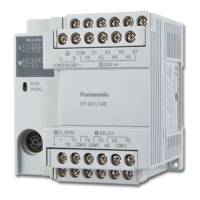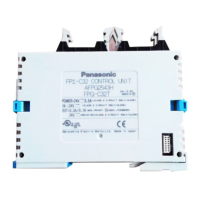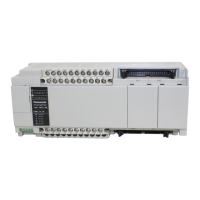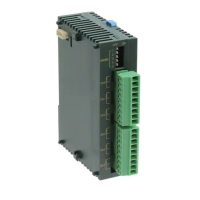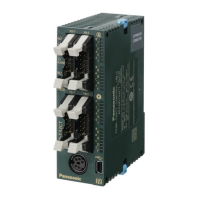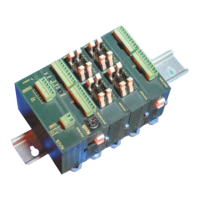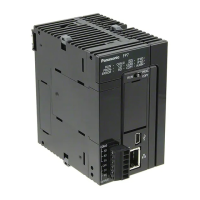FP Modem-EU Technical Manual
7.1 Technical Terms
compressed data will become longer than uncompressed data. Modern procedures such as
V.42bis detect this and temporarily switch off the compression in this case. MNP 5 does not
detect this!
CR
Carriage return, the return character is also named CR.
CTS
Clear To Send, Ready to send, signal of the V.24 interface.
DCD
Data Carrier Detect, signal for data transmission on communication line, signal of the V.24
interface. The DCD output is available on the RS232C interface and the 3-pin connector.
DCE
Data Circuit-Terminating Equipment, e.g. modems.
Dial tone
A tone that indicates that PSTN or PBX is ready and that dialing can proceed.
DSR
Data Set Ready. Signal level of the V.24 interface that shows the power up state of the modem.
DTE
Data Terminal Equipment, e.g. personal computers or ”dummy” terminals.
DTMF
Dual-Tone Multi-Frequency dialing. Also called tone dialing. Telephones using DTMF usually
have 12 keys each corresponding to a different set of standard frequencies. The FP Modem-EU
is also able to send and receive DTMF tones. DTMF tones are also called “touch tones”. See
also pulse dialing.
DTR
Data Terminal Ready. Signal line for serial interfaces (RS232C). That way the DTE signals the
modem whether it is ready or not. See also Handshake.
Dual-tone multifrequency dialing
See DTMF.
EPD
Escape Prompt Delay, i.e. period of time (in 1/50 seconds) in which you are not allowed to enter
a character before and after the Escape command.
Fall back
Automatic switching back to a slower speed in case of noisy lines.
Full duplex
Data transmission is carried out in both directions at the same time.
Half duplex
Transmission is only possible in one direction at a time, controlled by the modem.
Handshake
Procedure for synchronization in case of irregularly occurring data. The sender signals when it
wants to/can send new data, the receiver when it wants to/can process new data. Depending on
whether signaling is carried out via lines or characters, it is called hardware handshake or
software handshake. The hardware handshake is faster than the software handshake because
it does not require a transfer of characters.
99
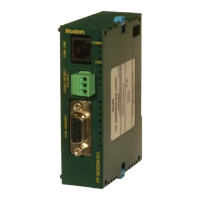
